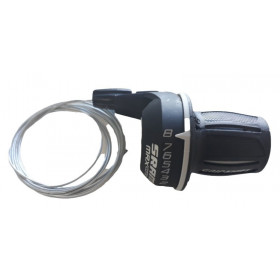-
 New productBottle cage screw
New productBottle cage screw- €1.19
-
 New productBicycle spoke DT Swiss Champion
New productBicycle spoke DT Swiss Champion- €0.05
-
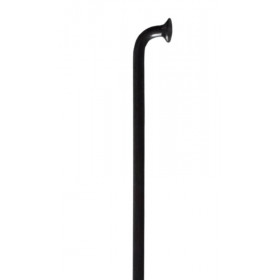 New productBike spoke Mach 1
New productBike spoke Mach 1- €0.50
-
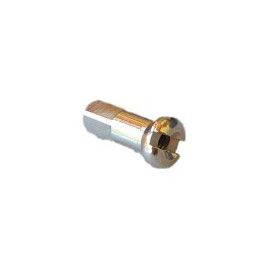 New productSpoke nut DT Swiss Champion nickeled brass 2 x 12 mm
New productSpoke nut DT Swiss Champion nickeled brass 2 x 12 mm- €0.19
-
 New productSpoke ACI steel
New productSpoke ACI steel- €0.05
-
 New productStanless steel spoke SAPIM
New productStanless steel spoke SAPIM- €0.08
-
 New productBicycle wheel spoke
New productBicycle wheel spoke- €0.05
-
 New productBike wheel lock washer
New productBike wheel lock washer- €1.19
-
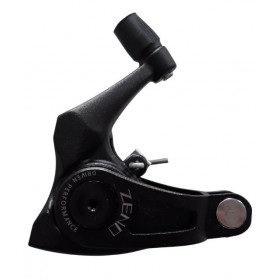 New productMechanical disc brake Zeno
New productMechanical disc brake Zeno- €19.99
-
 New productBicycle bottle cage
New productBicycle bottle cage- €0.99
-
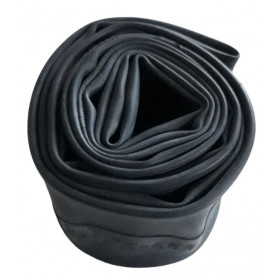 New product -50%MTB inner tube 26 Schrader schwalbe
New product -50%MTB inner tube 26 Schrader schwalbe- €2.00
- €3.99
-
 New productBicycle wheel reflector
New productBicycle wheel reflector- €0.10
-
 New productInner tube 27.5 inches Continental Conti tube
New productInner tube 27.5 inches Continental Conti tube- €3.40
-
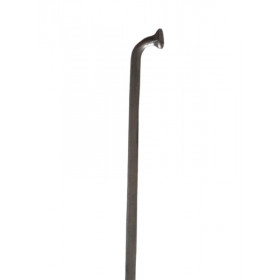 New productBicycle spoke DT Swiss Champion stanless steel 266 mm 1.8 mm
New productBicycle spoke DT Swiss Champion stanless steel 266 mm 1.8 mm- €0.05
-
 New productBrake pivot
New productBrake pivot- €2.99
-
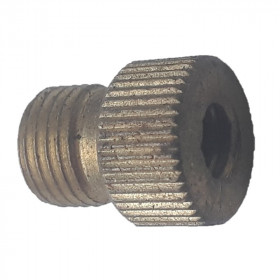 New productValve adapter Schrader to presta
New productValve adapter Schrader to presta- €0.99
-
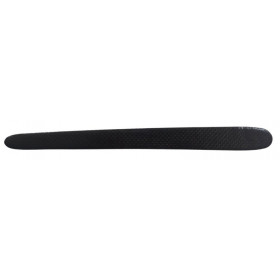 New productFrame protection carbon
New productFrame protection carbon- €1.55
-
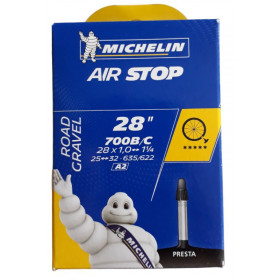 New product -55%Air tube Michelin A2 700 25-32 b c presta
New product -55%Air tube Michelin A2 700 25-32 b c presta- €3.60
- €8.00
-
 New product1 inch headset spacer carbon
New product1 inch headset spacer carbon- €2.99
-
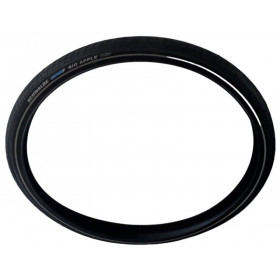 New productSchwalbe Big Apple tire 28 x 2.00
New productSchwalbe Big Apple tire 28 x 2.00- €14.99
-
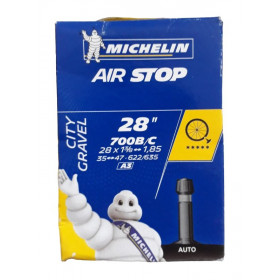 New product -45%Gravel inner tube Michelin Airstop A3 700 B C 28 inches schrader
New product -45%Gravel inner tube Michelin Airstop A3 700 B C 28 inches schrader- €3.69
- €6.70
-
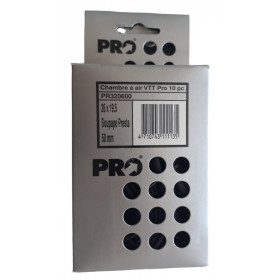 New product -40%Air tube 26 inches presta
New product -40%Air tube 26 inches presta- €2.99
- €4.99
-
 New productBicycle wheel nut Sturmey Archer Duomatic
New productBicycle wheel nut Sturmey Archer Duomatic- €1.19
-
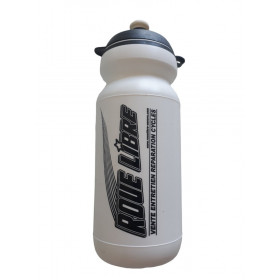 New product -25%Zefal bottle for bike
New product -25%Zefal bottle for bike- €0.90
- €1.20
-
 New productM7 adjustment screw for brake lever
New productM7 adjustment screw for brake lever- €1.49
-
 New productSports bracelet Equilibrium
New productSports bracelet Equilibrium- €2.49
-
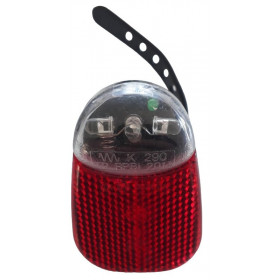 New product3 leds rear bike light
New product3 leds rear bike light- €1.99
-
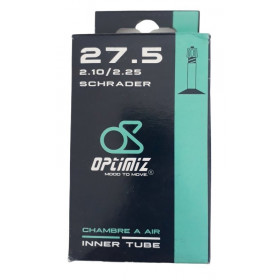 New product -35%MTB air tube 27.5 inches schrader
New product -35%MTB air tube 27.5 inches schrader- €2.93
- €4.50
-
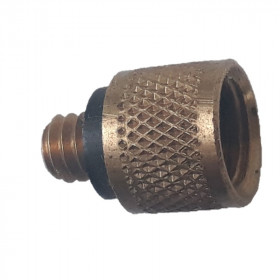 New productValve adapter presta to schrader
New productValve adapter presta to schrader- €0.99
-
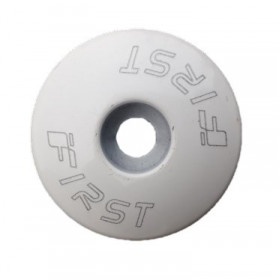 New product -25%Bike aheadset cap white
New product -25%Bike aheadset cap white- €2.99
- €3.99
-
 New product26 inch inner tube Newton
New product26 inch inner tube Newton- €3.49
-
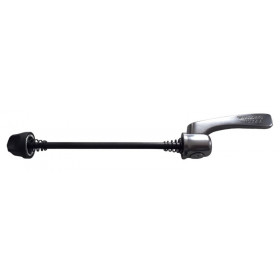 New product -50%Front wheel quick release Shimano 130 mm
New product -50%Front wheel quick release Shimano 130 mm- €6.50
- €12.99
-
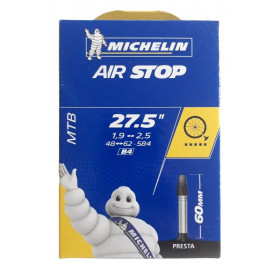 New product -45%27,5 inner tube Michelin Airstop B4 1.9 / 2.50 Presta 60 mm
New product -45%27,5 inner tube Michelin Airstop B4 1.9 / 2.50 Presta 60 mm- €3.80
- €6.90
-
 New product26-inch city bike tire
New product26-inch city bike tire- €11.99
-
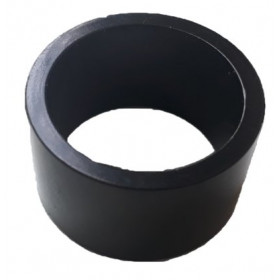 New productHeadset spacer aluminium black 1"1/8 20 mm
New productHeadset spacer aluminium black 1"1/8 20 mm- €4.99
-
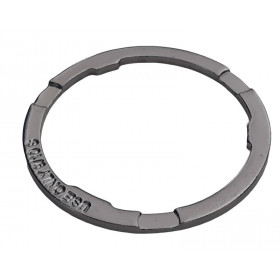 New product -50%Cassette spacer Shimano Sram for freewheel 11s Fulcrum Campagnolo
New product -50%Cassette spacer Shimano Sram for freewheel 11s Fulcrum Campagnolo- €4.00
- €7.99
-
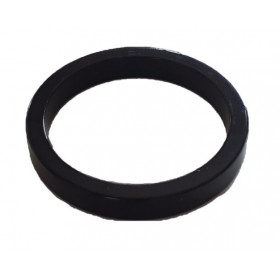 New productHeadset spacer aluminium black 1"1/8 5 mm
New productHeadset spacer aluminium black 1"1/8 5 mm- €2.49
-
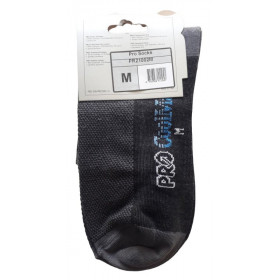 New productCycling socks Pro Bike Gear Summer
New productCycling socks Pro Bike Gear Summer- €5.99
-
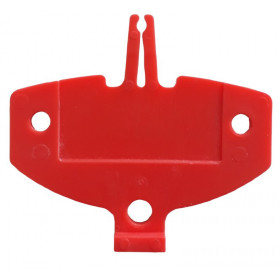 New productDisc brake cleat Shimano
New productDisc brake cleat Shimano- €1.49
-
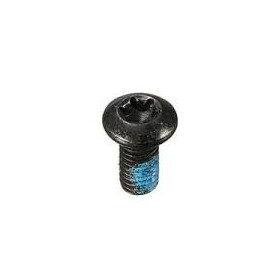 New productScrew for disc brake torx head
New productScrew for disc brake torx head- €0.79
-
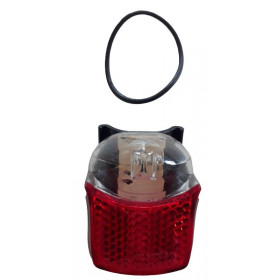 New product1 led rear bicycle light
New product1 led rear bicycle light- €1.50
-
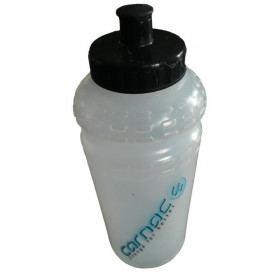 New productCarnac 350 ml water bottle
New productCarnac 350 ml water bottle- €3.99
-
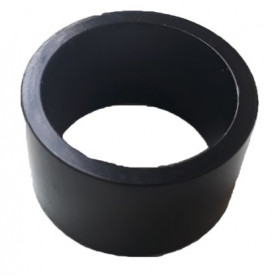 New productHeadset spacer aluminium black 1"1/8 15 mm
New productHeadset spacer aluminium black 1"1/8 15 mm- €4.49
-
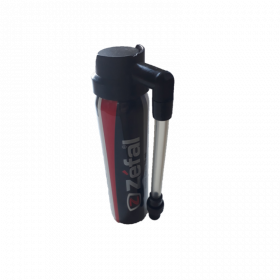 New productPuncture repair spray for bike Zefal 75 ml
New productPuncture repair spray for bike Zefal 75 ml- €4.20
-
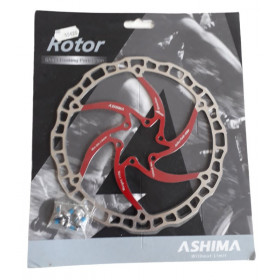 New product -47%180 disc brake 6 holes Ashima ARO 08 red
New product -47%180 disc brake 6 holes Ashima ARO 08 red- €15.37
- €29.00
-
 New productBicycle steering bearings FSA Duron X
New productBicycle steering bearings FSA Duron X- €9.99
-
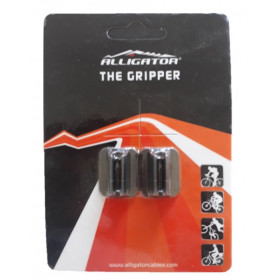 New productAdhesives fixtures for hoses
New productAdhesives fixtures for hoses- €2.49
-
 New productQuick connect Sram chain
New productQuick connect Sram chain- €2.99
-
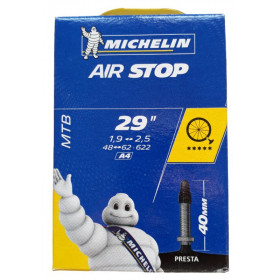 New product -30%29 inch inner tube michelin Airstop A4 1,9-2,50 presta
New product -30%29 inch inner tube michelin Airstop A4 1,9-2,50 presta- €4.19
- €5.99
-
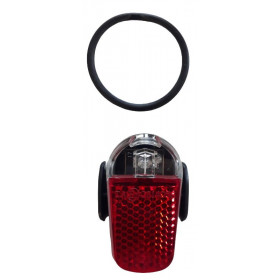 New product1 led rear bike light
New product1 led rear bike light- €1.50
-
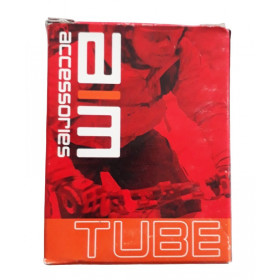 New product -40%MTB inner tube 26 inches presta AIM
New product -40%MTB inner tube 26 inches presta AIM- €1.79
- €2.99
-
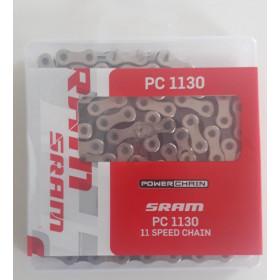 New product -10%Sram chain 10s PC1130
New product -10%Sram chain 10s PC1130- €22.49
- €24.99
-
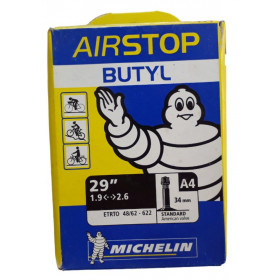 New product -30%29 inch inner tube michelin Airstop A4 1,9-2,60
New product -30%29 inch inner tube michelin Airstop A4 1,9-2,60- €4.19
- €5.99
-
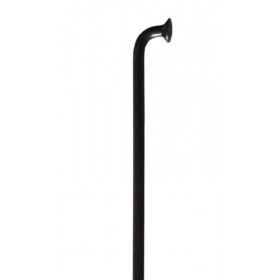 New productSpoke 255 mm steel black
New productSpoke 255 mm steel black- €0.05
-
 New product UsedCenterlock disc Shimano SM-RT62
New product UsedCenterlock disc Shimano SM-RT62- €7.99
-
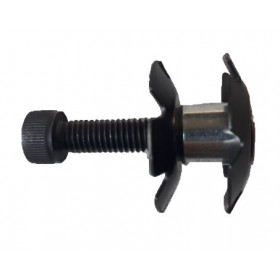 New productStarnut headset 1"1/8
New productStarnut headset 1"1/8- €1.99
-
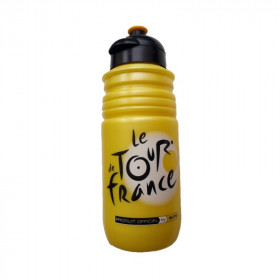 New productElite Tour de France water bottle
New productElite Tour de France water bottle- €3.99
-
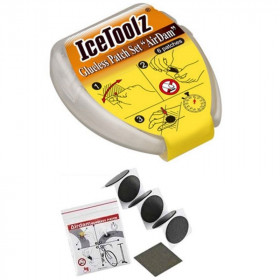 New productIcetoolz 6 patches kit self-adhesives
New productIcetoolz 6 patches kit self-adhesives- €0.99
-
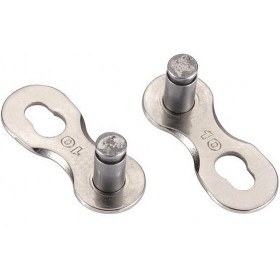 New productSunrace CNQ10 quick connect for chain 10s
New productSunrace CNQ10 quick connect for chain 10s- €1.90
-
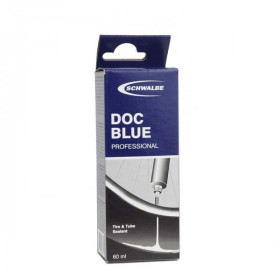 New productSealant pitstop Schwalbe Doc Blue tubeless 60 ml
New productSealant pitstop Schwalbe Doc Blue tubeless 60 ml- €5.90
-
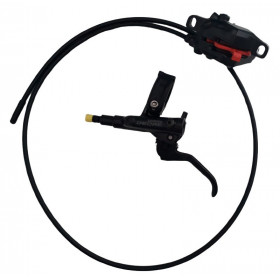 New product -50%Hydraulic front disc brake Shimano Deore M6100
New product -50%Hydraulic front disc brake Shimano Deore M6100- €51.50
- €102.99
-
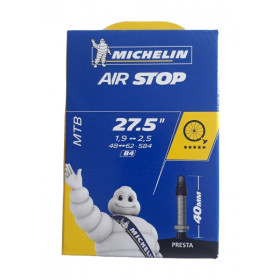 New product -45%27,5 inner tube Michelin Airstop B4 1.9 / 2.50 Presta 40 mm
New product -45%27,5 inner tube Michelin Airstop B4 1.9 / 2.50 Presta 40 mm- €3.69
- €6.70
-
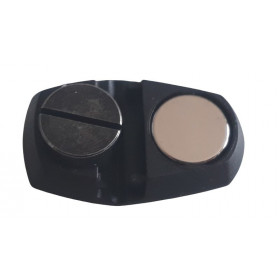 New product -25%Universal magnet Mavic
New product -25%Universal magnet Mavic- €5.24
- €6.99
-
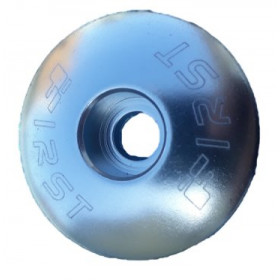 New productBike aheadset cap natural First marking
New productBike aheadset cap natural First marking- €2.99
-
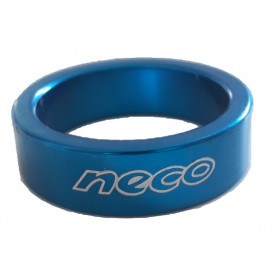 New productNECO headset spacer aluminium blue 1"1/8 10 mm
New productNECO headset spacer aluminium blue 1"1/8 10 mm- €2.99
-
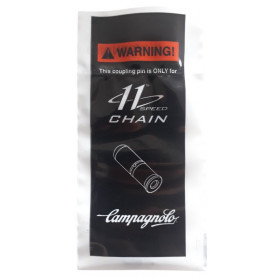 New productCampagnolo chain rivet
New productCampagnolo chain rivet- €6.49
-
 New product24-inch tire
New product24-inch tire- €10.99
-
 New productPump mounting on Zefal bike frame
New productPump mounting on Zefal bike frame- €2.99
-
 New product -25%Lezyne Sport Drive HP Pump Holder
New product -25%Lezyne Sport Drive HP Pump Holder- €5.96
- €7.95
-
 New product -45%Bicycle t-shirt
New product -45%Bicycle t-shirt- €16.49
- €29.99
-
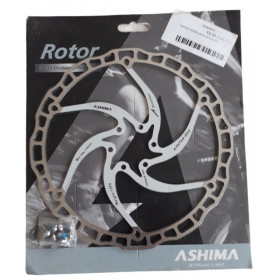 New product -20%203 disc brake 6 holes Ashima ARO 08 white
New product -20%203 disc brake 6 holes Ashima ARO 08 white- €23.20
- €29.00
-
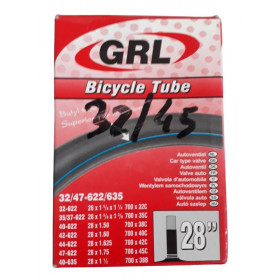 New product -45%Hybrid bike inner tube GRL 28 inches schrader
New product -45%Hybrid bike inner tube GRL 28 inches schrader- €2.97
- €5.40
-
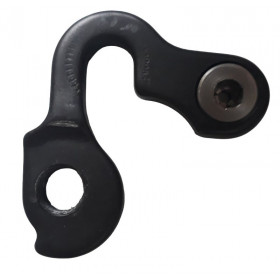 UsedDerailleur hanger Be One, Bergamont, K2, Sunn, Look, Commencal
UsedDerailleur hanger Be One, Bergamont, K2, Sunn, Look, Commencal- €14.99
-
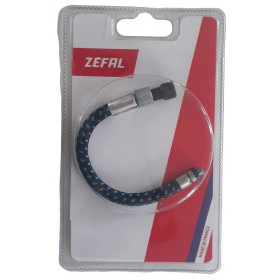 New product -35%Presta and Schrader Zefal bicycle pump hose
New product -35%Presta and Schrader Zefal bicycle pump hose- €2.57
- €3.95
-
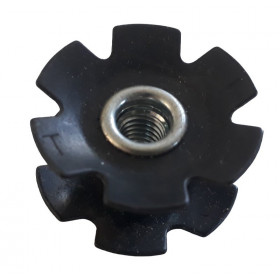 New productStarnut for headset 1-1/8"
New productStarnut for headset 1-1/8"- €1.49
-
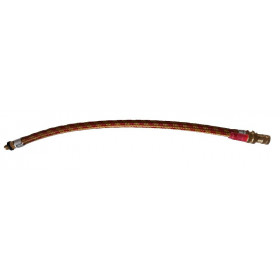 New product -34%Presta and Schrader bicycle pump hose
New product -34%Presta and Schrader bicycle pump hose- €1.97
- €2.99
-
 New product -35%Bike tire 700x35c BRN Planet Air
New product -35%Bike tire 700x35c BRN Planet Air- €14.94
- €22.99
-
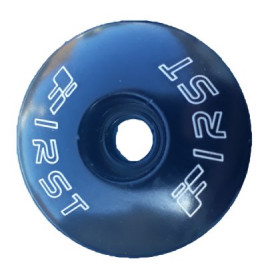 New productBike aheadset cap black First marking
New productBike aheadset cap black First marking- €2.99
-
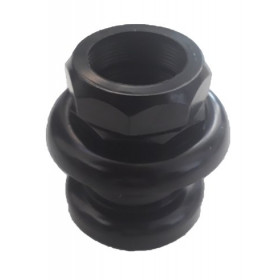 New productRoad threaded headset 1 inch Shunfeng
New productRoad threaded headset 1 inch Shunfeng- €8.99
-
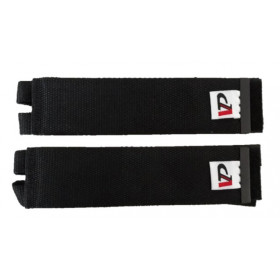 New productPedals straps VP-730
New productPedals straps VP-730- €3.99
-
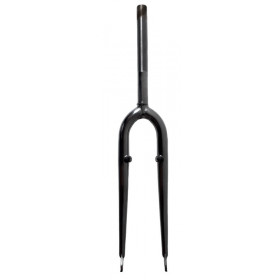 New product26 inch rigid chrome v-brake mountain bike fork
New product26 inch rigid chrome v-brake mountain bike fork- €48.99
-
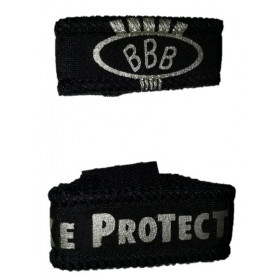 New productHeadset protectors BBB BP-20
New productHeadset protectors BBB BP-20- €3.99
-
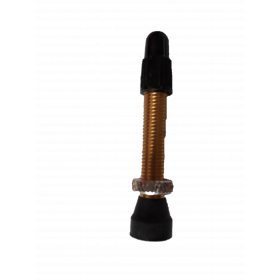 New product -30%MTB tubeless valve Notubes presta 40 mm
New product -30%MTB tubeless valve Notubes presta 40 mm- €6.99
- €9.99
-
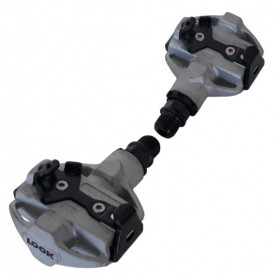 New product UsedLook pedals for mtb
New product UsedLook pedals for mtb- €19.99
-
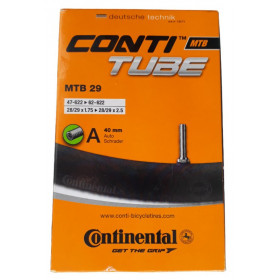 New productAir tube Continental Conti tube 29x1.75/2.5, schrader
New productAir tube Continental Conti tube 29x1.75/2.5, schrader- €3.40
-
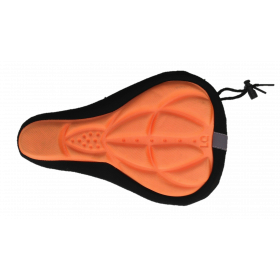 New product -25%Bike saddle cover
New product -25%Bike saddle cover- €2.99
- €3.99
-
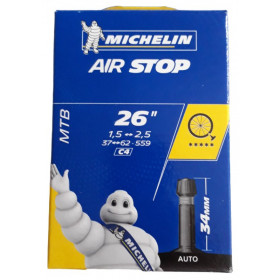 New product -50%26 inches inner tube michelin C4 schrader
New product -50%26 inches inner tube michelin C4 schrader- €4.00
- €8.00
-
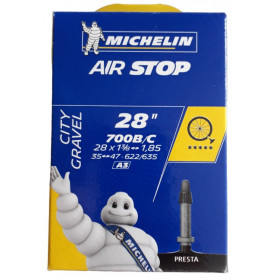 New product -55%700x35 inner tube Michelin A3 presta
New product -55%700x35 inner tube Michelin A3 presta- €3.15
- €6.99
-
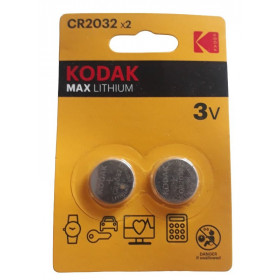 New productCR2032 3V Lithium batteries
New productCR2032 3V Lithium batteries- €1.25
-
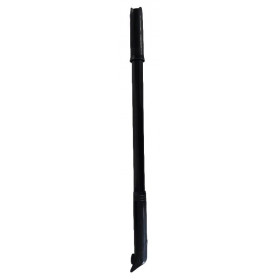 New productRoad bike pump 50 cms presta
New productRoad bike pump 50 cms presta- €2.99
-
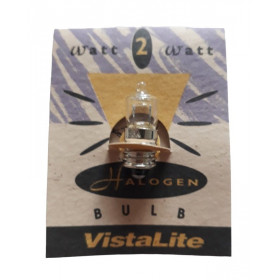 New productHalogen bulb Vistalite VL400 & VL410
New productHalogen bulb Vistalite VL400 & VL410- €6.99
-
 New productMTB inner tube 26 inches Vittoria Latex Schrader
New productMTB inner tube 26 inches Vittoria Latex Schrader- €3.99
-
Grip shift Sram MRX comp
- €7.20
- €18.00
-
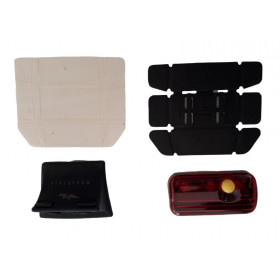 New product -70%Bicycle rear light Vistalite
New product -70%Bicycle rear light Vistalite- €3.60
- €11.99
-
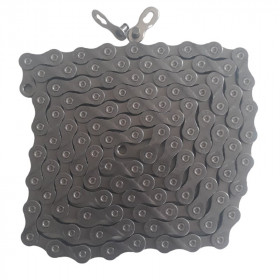 New product -25%9s chain KMC X9
New product -25%9s chain KMC X9- €11.96
- €15.95
-
 New product -50%Hybrid bike tire 700x35c Deli Tire
New product -50%Hybrid bike tire 700x35c Deli Tire- €9.50
- €18.99
-
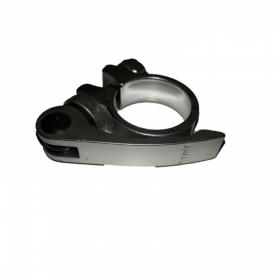 New productSeatpost collar with lever 31.8 mm aluminium
New productSeatpost collar with lever 31.8 mm aluminium- €3.99
-
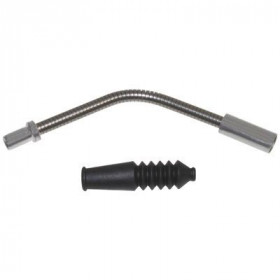 New productNewton elbow V-Brake with bellows
New productNewton elbow V-Brake with bellows- €2.29
-
 New product26-inch road tire
New product26-inch road tire- €11.99
-
 New productWolber cross 28 extra cyclocross tubular tyre
New productWolber cross 28 extra cyclocross tubular tyre- €29.99
A touring bike is a type of all tracks bikes designed for long and varied trips, from urban commutes to adventures on country roads or dirt paths. Here are the main features and function of a touring bike:
Function :
1. Versatility:
Touring bikes are designed to be versatile and suitable for different types of terrain, including paved roads, dirt paths, bike paths, and even rougher trails.
2. Driving comfort:
They emphasize driving comfort over long distances. This often results in a more relaxed geometry compared to racing bikes, favoring a more upright rider position.
3. Loading capacity:
Touring bikes are often equipped with front and rear racks, as well as mounts for panniers. This allows cyclists to carry luggage for extended trips or daily commutes.
4. Eyelets for accessories:
They often feature eyelets for installing mudguards and bottle cages, making them suitable for a variety of weather conditions and hydration needs.
5. Adapted transmission:
Touring bikes can have a transmission adapted to varied terrain. Some models can be equipped with a wide gear range to tackle steep climbs and fast descents.
Features :
1. Sturdy frame:
Touring bike frames are often made from chromoly steel, aluminum, or titanium for a combination of strength, durability, and lightweight.
2. Stable geometry:
Frame geometry promotes stability and comfort over long distances. This may include a horizontal top tube and more open corners.
3. Straight handlebar or butterfly handlebar:
Some touring bikes have straight handlebars for a more comfortable riding position. Butterfly handlebars offer a variety of grip positions to accommodate different types of terrain.
4. Wide tires:
Touring bikes often feature wider tires compared to road bikes, providing better grip and shock absorption on varied surfaces.
5. Reliable brakes:
Side-pull brakes, mechanical or hydraulic disc brakes are commonly used to provide powerful and reliable braking, even in harsh conditions.
6. Robust transmission:
Some touring bikes may be equipped with a three-chain drivetrain up front for a variety of gears to suit different types of terrain.
7. Comfortable saddle:
Touring bike saddles are generally designed to provide increased comfort over long distances.
8. Solid Wheels:
The wheels can be fitted with strong rims to withstand the stresses of heavy loads and varied terrain.
9. Front and rear rack mounts:
Grommets and fixings are present for easy installation of luggage racks, mudguards and other accessories.
10. Integrated mudguards and lighting:
Some models include integrated mudguards and light mounts, ideal for traveling in all weather and variable lighting conditions.
In summary, touring bikes are designed to provide a comfortable ride over long distances, with versatility for different types of terrain and luggage carrying capacity.

